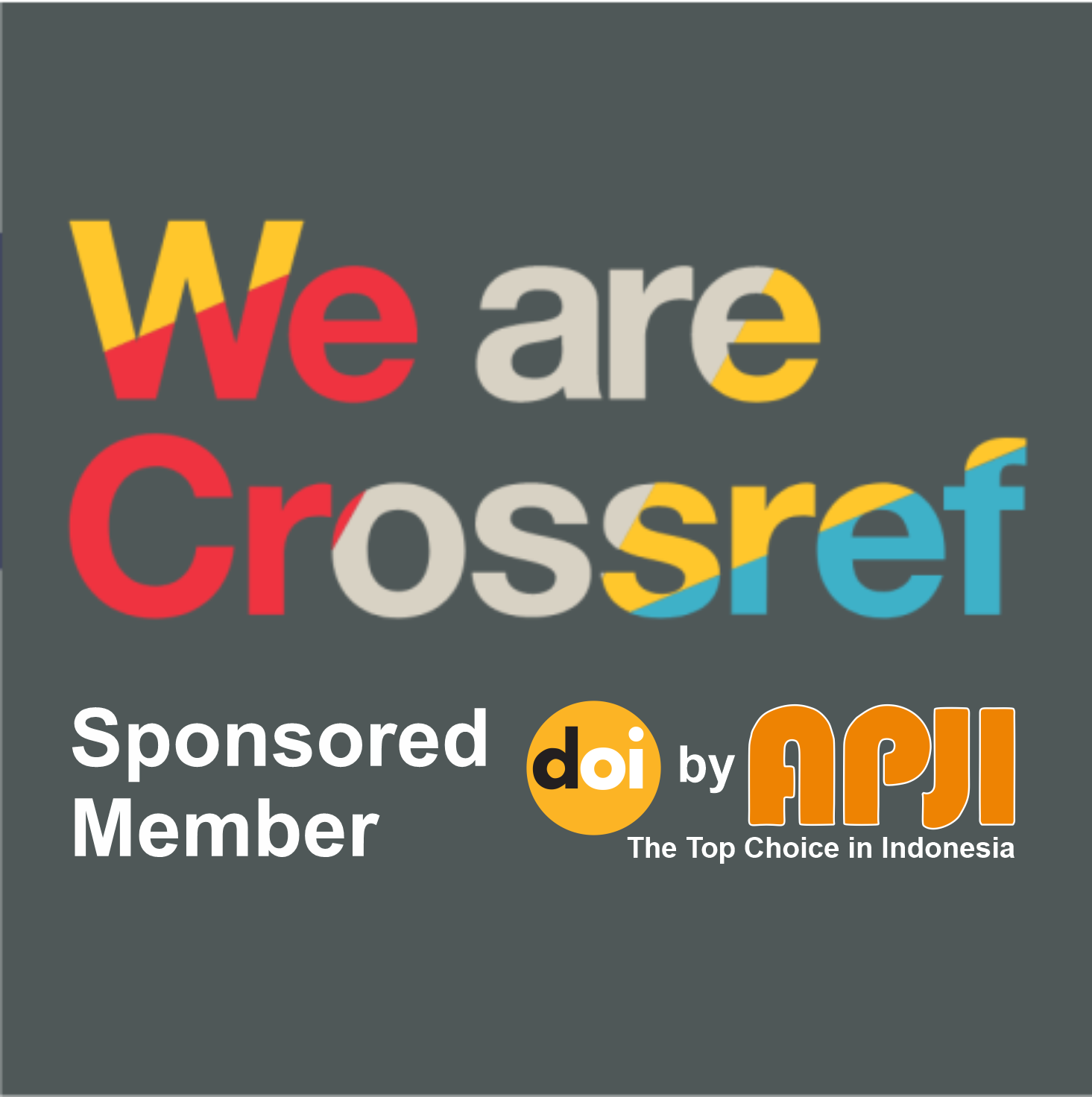Comparison of Arabic Learning Models in Mufradat Learning
Keywords:
Arabic Learning, Learning Models, Mufradat LearningAbstract
This study investigated various models of Arabic language teaching, mainly focusing on vocabulary acquisition, an important component of language mastery. The study identified challenges learners face in acquiring vocabulary, which can hinder their overall linguistic competence and language proficiency. Using qualitative research methods, this literature review analyzes existing theories and practices in language education, emphasizing the need for innovative and technology-based teaching models. These findings underscore the importance of adapting teaching methodologies to engage students effectively, addressing shortcomings in current practice that often lack innovation and interaction. Among the strategies evaluated, Direct Methods and Communicative Language Teaching (CLT) emerged as an effective approach that emphasizes real-life communication and interaction, thereby encouraging speaking, listening, reading, and writing skills. In addition, game-based learning and the Total Physical Response (TPR) method have shown potential in improving vocabulary mastery through interactive and engaging activities. The paper concludes that diverse teaching models can significantly improve students' Arabic language skills and cultural understanding, which benefits educators and learners in their efforts to achieve linguistic fluency and understanding. The integration of these models in the educational framework promises to increase the effectiveness of Arabic language acquisition, which contributes to the broader field of language education.
References
Ahmad M and Jamil. (2021). Tahdiyat wa Ibtikarat fi Tadris Al-Lughah Al-Arabiyah (At Magazine).
Al-gifari, R. A., Rahmawati, S. U., & Susiawati, W. (2025). The Effectiveness of the Duolingo Application in Mufradat Learning at MTs Islamiyah Ciputat The Effectiveness of the Duolingo Application in Mufradat Learning at MTs Islamiyah Ciputat. 5989–5998.
Effendi, Ahmad Fuad, . (2005). Arabic Language Teaching Methodology (Publisher M).
Ekawati, D., & Arifin, A. (2022). Approaches in Arabic Language Learning: Theory, Concepts, and Implementation. An Nabighoh, 24(1), 111. https://doi.org/10.32332/an-nabighoh.v24i1.4818
Komalasari, K. (2014). Contextual Learning (concepts and applications), (4th Cet.);
Mahir Sya'ban Abdul, M. (2011). Istiratijiyat Ta'lim Al-Mufradat (Dar Al-Mas).
Noble. (2002). Becoming a Professional Teacher. (PT Remaja).
Sani, R. A. (2022). Learning Innovation. (Bumi Aksar).
Sanjaya, W. (2006). Learning strategies are oriented to the standards of the educational process. (Kencana Pr).
Wekke, I. S. (2016). Arabic Language Learning in Madrasah. Deepublish.
Widodo, S. A. (2006). Arabic Language Learning Models. Al-Arabiyah Journal of Arabic Language Education Vol 2 No 2 January 2006.
Downloads
Published
Issue
Section
License
Copyright (c) 2025 Yuri Choirotunnisa, Abdullah Al-Shammari, Nurhaliza Cania (Author)

This work is licensed under a Creative Commons Attribution-ShareAlike 4.0 International License.














